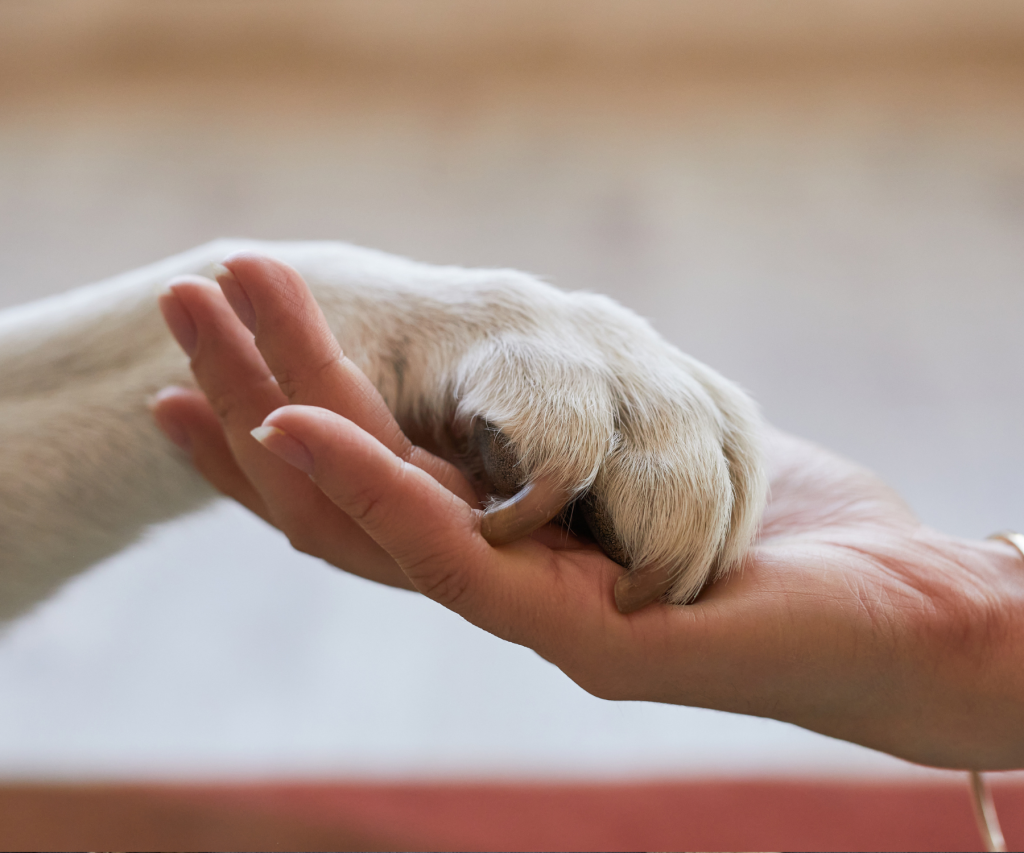Grooming & Coat Care For Your Cat

The general condition of your cat’s skin and coat are good indicators of her health.
Understanding Feline Panleukopenia

The term panleukopenia refers to a decrease in the number of white blood cells in the body. This low number of white blood cells makes an affected cat extremely vulnerable to other infections.
Understanding Rabies In Cats

Rabies is one of the most devastating viral diseases affecting mammals, including cats and humans. It is a fatal disease caused by infection with the rabies virus. When signs of rabies occur, it is an almost invariably fatal disease.
These Household Items Are Poisonous/Toxic To Cats

Many think that because cats are finicky eaters, they are poisoned less often than dogs. However, with their curiosity and fastidious grooming, intoxication is, unfortunately, not uncommon.
Learn About Tick-Borne Diseases In Dogs & Cats

The following are a few of the tick-borne diseases that are found here in South-Central Kentucky: Lyme disease, ehrlichiosis, anaplasmosis, and cytauxzoonosis (bobcat fever).
Understanding Cytauxzoonosis (Bobcat Fever) In Cats

Cytauxzoonosis is a tick-borne parasitic disease more commonly known as bobcat fever. First reported in the USA in 1976, it is now an important emerging disease in domestic cats.
Understanding A Senior Or Sick Pet’s Quality Of Life

Each and every pet has certain needs that should be recognized and respected. Quality of life is a way to refer to and discuss the day-to-day life and lifestyle of a pet reaching the end of its life.
Should You Share Personal Care Products With Your Pet?

We care for our pets, we share lots of things with them, but our personal care products should be safeguarded solely for our use.
Teaching & Training A Deaf Cat

Deaf cats can learn just as easily as hearing cats. The training process, using rewards to encourage behaviors, is the same. The difference is that all cues must be non-verbal.
Avoid These Summer Pet Toxins

Pets are inquisitive creatures who love to investigate their surroundings. Unfortunately, this trait can lead pets down the path of injury and illness.
